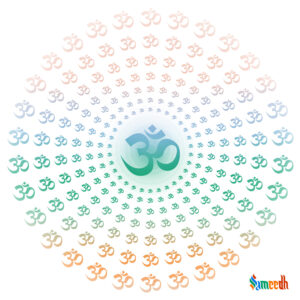The “Tantrasara” is a significant text in the Tantric tradition of Hinduism. It is attributed to the Kashmiri Shaivite scholar Abhinavagupta, who was a prolific writer and philosopher in the 10th-11th centuries CE. The Tantrasara is considered one of Abhinavagupta’s major works, focusing on elucidating the principles and practices of Kashmir Shaivism.

The Tantrasara covers a wide range of topics related to Tantric philosophy, yoga, meditation, ritual worship, and spiritual practice. It is structured as a comprehensive guide to understanding the core principles of Kashmir Shaivism and implementing them in one’s spiritual journey.
Key themes and teachings found in the Tantrasara include:
- Principles of Shaivism: The text expounds the metaphysical principles of Shaivism, emphasizing the non-dualistic nature of reality (Advait),one of the school of Vedanta and the recognition of the divine consciousness (Shiv) as the ultimate reality.
- Tantric Practices: The Tantrasara provides detailed instructions on various Tantric practices, including mantra recitation, meditation techniques, yantra worship, and ritual ceremonies. These practices are aimed at awakening spiritual consciousness and realizing one’s inherent divinity.
- Kundalini Yoga: Like many Tantric texts, the Tantrasara discusses Kundalini yoga and the awakening of the dormant spiritual energy (Kundalini) residing at the base of the spine. It offers guidance on techniques to awaken and ascend the Kundalini energy through the subtle energy channels (nadis) to achieve spiritual enlightenment.
- Rituals and Worship: The text contains descriptions of ritual worship (puja) and ceremonial practices associated with deity worship, initiation (diksha), and purification (samskar). These rituals are seen as means of invoking divine grace and purifying the mind and body.
- Philosophical Insights: The Tantrasara presents profound philosophical insights into the nature of reality, consciousness, and the relationship between the individual soul (jiva) and the universal consciousness (Shiv). It explores concepts such as the cosmic play (Lila) of Shiv and the dynamics of liberation (moksh).
Overall, the Tantrasara is regarded as a seminal text in Kashmir Shaivism, offering seekers a comprehensive understanding of Tantric philosophy and practice. It continues to be studied and revered by scholars and practitioners of Tantra for its profound insights into the nature of existence and the path to spiritual realization.